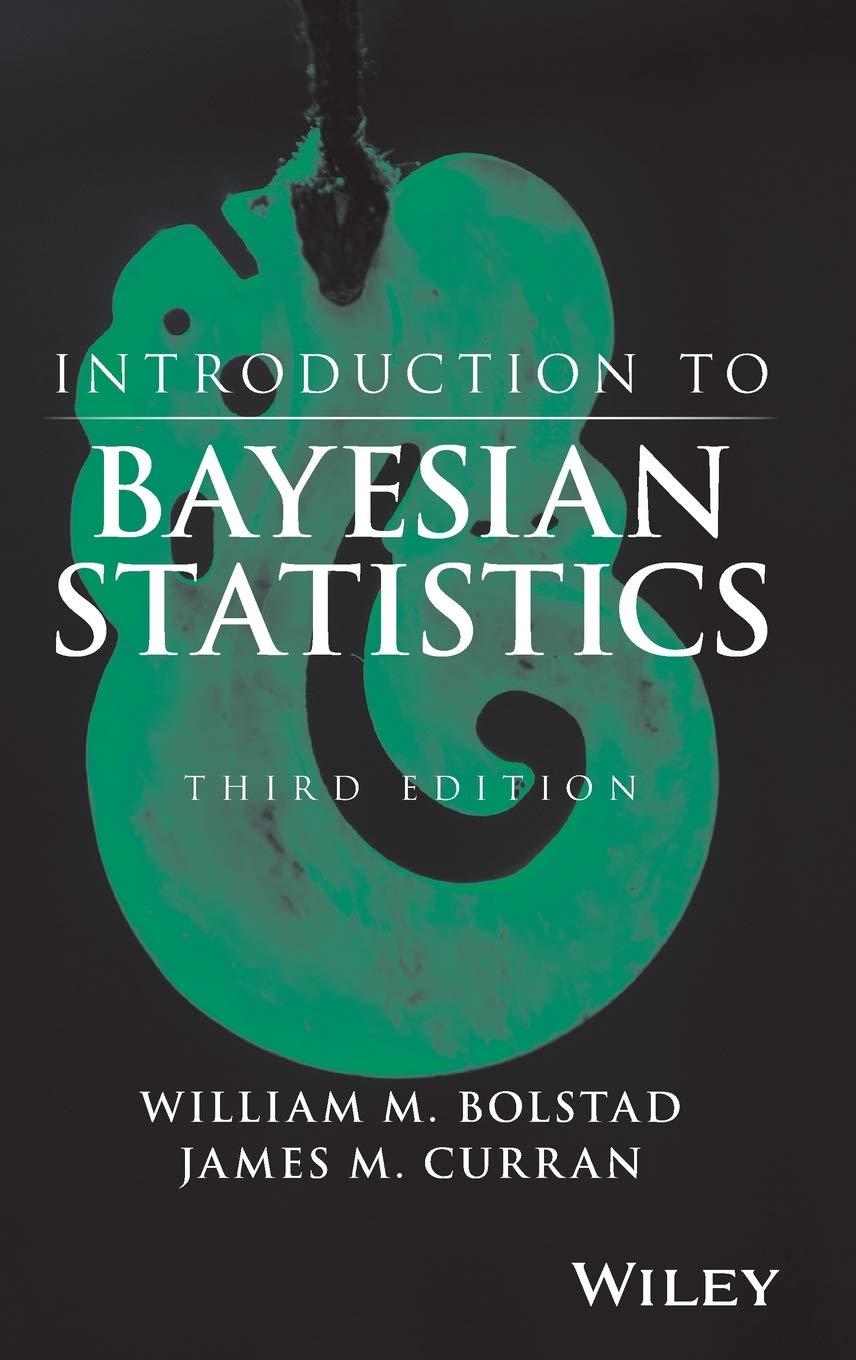The standard method of screening for a disease fails to detect the presence of the disease in
Question:
The standard method of screening for a disease fails to detect the presence of the disease in \(15 \%\) of the patients who actually do have the disease. A new method of screening for the presence of the disease has been developed. A random sample of \(n=75\) patients who are known to have the disease is screened using the new method. Let be the probability the new screening method fails to detect the disease.
(a) What is the distribution of \(y\), the number of times the new screening method fails to detect the disease?
(b) Of these \(n=75\) patients, the new method failed to detect the disease in \(y=6\) cases. What is the frequentist estimator of ?
(c) Use a beta (1 6) prior for . Find \(g(y)\), the posterior distribution of
(d) Find the posterior mean and variance.
(e) If 15 , then the new screening method is no better than the standard method. Test
\[
H_{0}: \quad 15 \text { versus } H_{1}:<15
\]
at the \(5 \%\) level of signi cance in a Bayesian manner.
Step by Step Answer:

Introduction To Bayesian Statistics
ISBN: 9781118091562
3rd Edition
Authors: William M. Bolstad, James M. Curran





